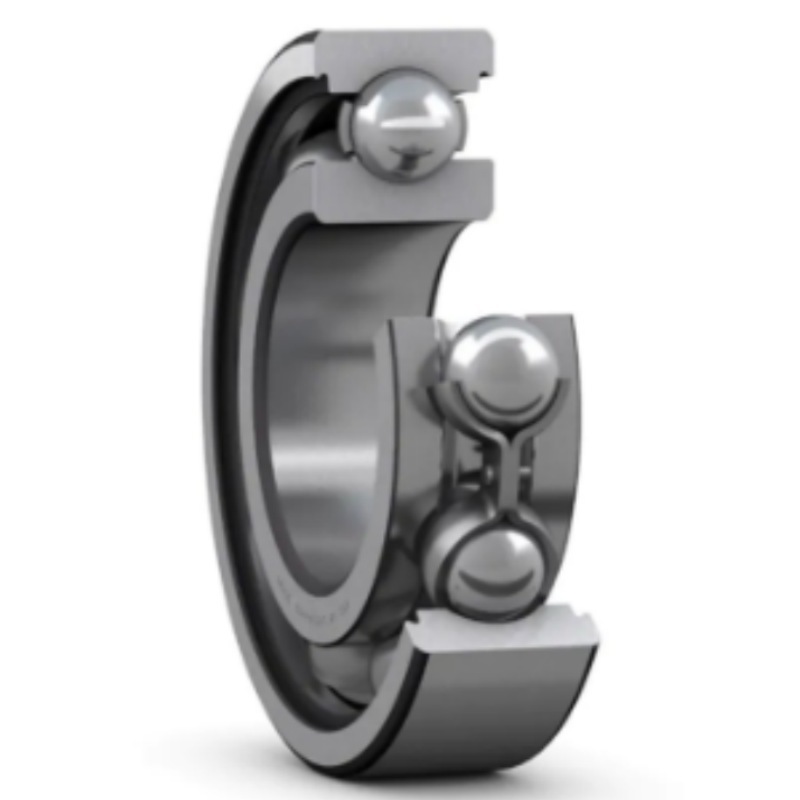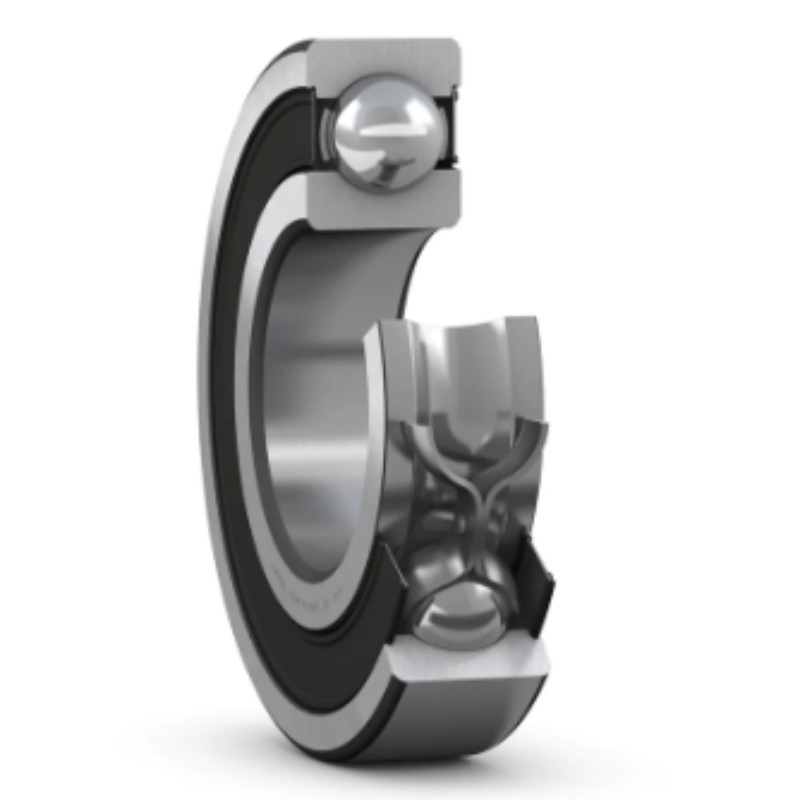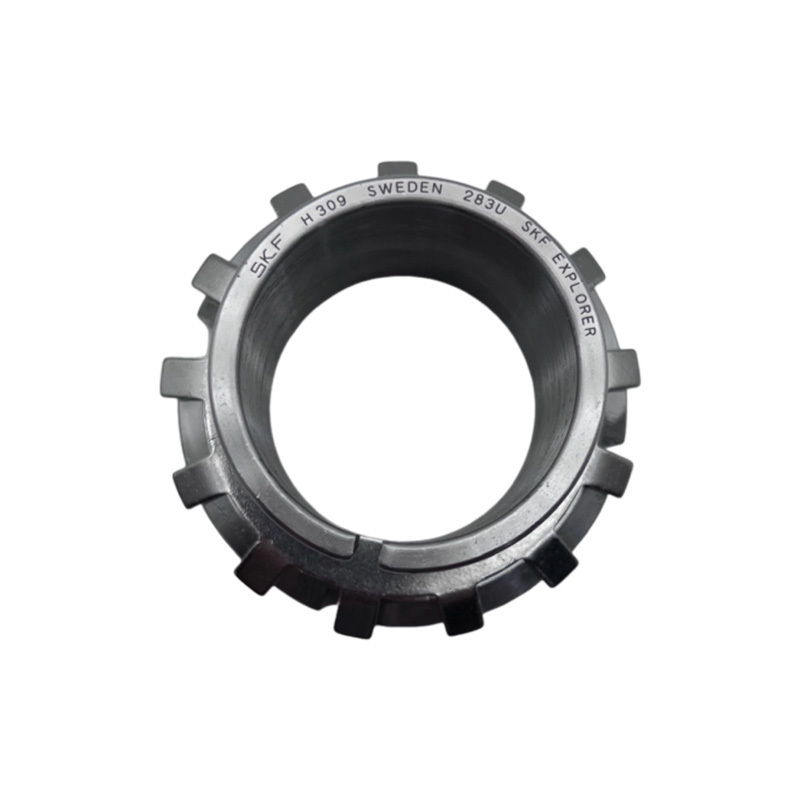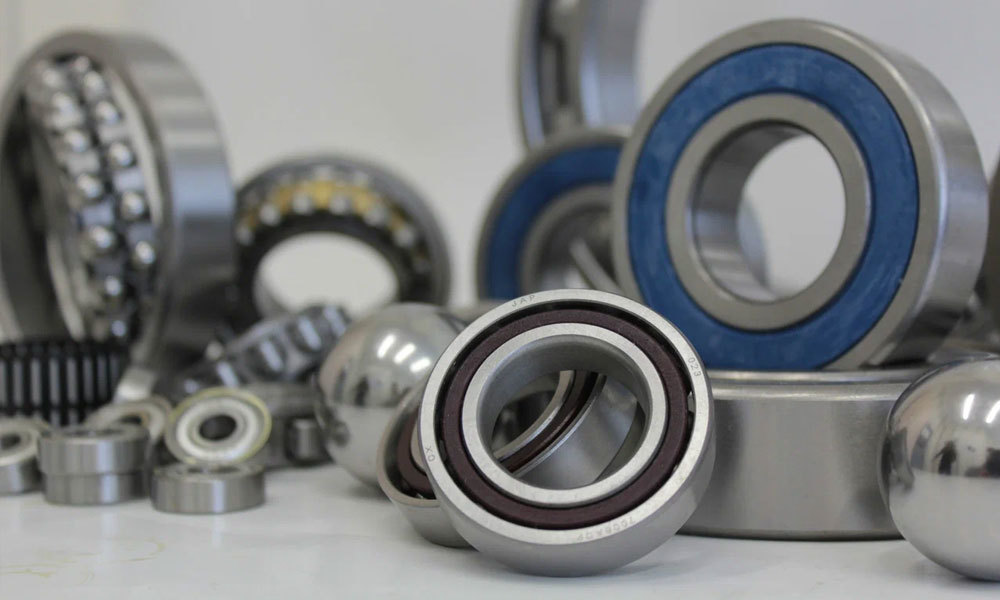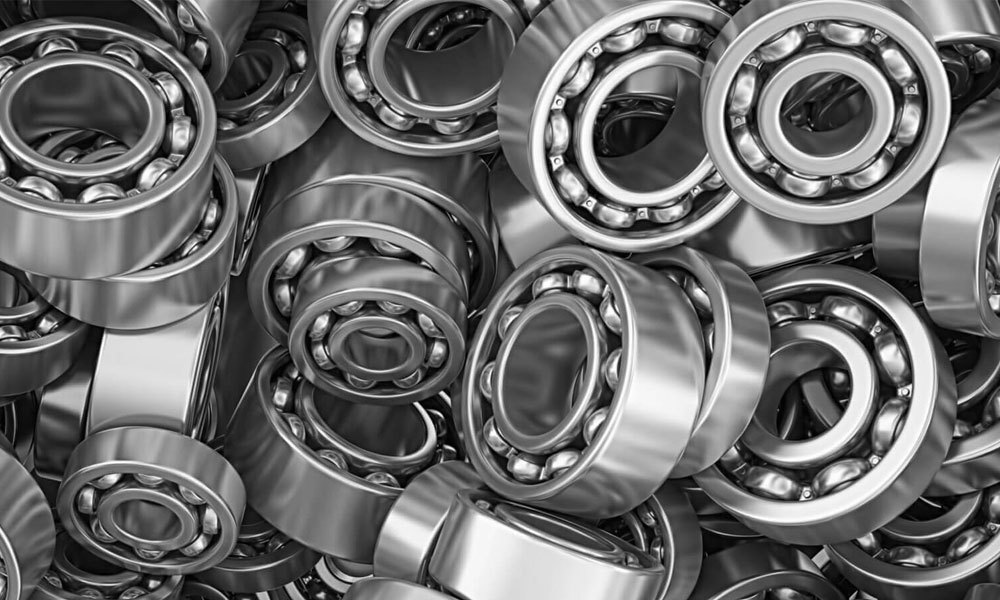What happens to bearings if they are not properly heat treated?
Release time:
Feb 07,2024
1. Heat treatment deformation
During heat treatment of bearing parts, there are thermal stress and structural stress. This kind of internal stress can superimpose or partially offset each other, which is complex and changeable, because it can change with heating temperature, heating speed, cooling method, cooling speed, and part shape. And size changes, so heat treatment deformation is inevitable. Understanding and mastering its changing law can make the deformation of bearing parts (such as the ellipse of the ferrule, the size expansion, etc.) be placed in a controllable range, which is conducive to the production. Of course, the mechanical collision during the heat treatment will also cause deformation of the parts, but this deformation can be reduced and avoided by improving the operation.
2. Overheating
The microstructure overheating after quenching can be observed from the rough surface of the bearing parts. However, to determine exactly how much it is overheated, it is necessary to observe the microstructure. If coarse acicular martensite appears in the quenched structure of GCr15 steel, it is a quenched superheated structure. The cause of formation may be the overall overheating caused by too high quenching heating temperature or too long heating and holding time; it may also be due to the severe banded carbides in the original tissue, and the formation of local martensitic acicular coarseness in the low carbon zone between the two bands. localized overheating. The retained austenite in the superheated structure increases and the dimensional stability decreases. Due to the overheating of the quenching structure, the crystals of the steel are coarse, which will lead to a decrease in the toughness of the parts, a decrease in impact resistance, and a decrease in the life of the bearing.
3. Underheating
If the quenching temperature is low or the cooling is poor, a troostite structure exceeding the standard will be produced in the microstructure, which is called an underheated structure, which will reduce the hardness, sharply reduce the wear resistance, and affect the bearing life.
4. Soft point
The phenomenon of insufficient local hardness on the surface of bearing parts due to insufficient heating, poor cooling, improper quenching operation, etc. is called quenching soft spot. Like surface decarburization, it can cause a serious decrease in surface wear resistance and fatigue strength.
5. Surface decarburization
During the heat treatment process of the bearing parts, if they are heated in an oxidizing medium, the surface will be oxidized to reduce the mass fraction of carbon on the surface of the part, resulting in surface decarburization. If the depth of the surface decarburization layer exceeds the allowance for final processing, the part will be scrapped. The determination of the depth of the surface decarburization layer can be carried out by metallographic method and microhardness method in metallographic examination.
6. Quenching crack
The cracks formed by the internal stress of the bearing parts during the quenching and cooling process are called quenching cracks. The reasons for this kind of cracks are: due to the high quenching heating temperature or too rapid cooling, the thermal stress and the structural stress of the metal mass volume change are greater than the fracture resistance of the steel; the original defects on the working surface (such as surface micro cracks or scratches) Marks) or internal defects of steel (such as slag inclusions, serious non-metallic inclusions, white spots, shrinkage cavity residues, etc.) form stress concentration during quenching; severe surface decarburization and carbide segregation; insufficient tempering of parts after quenching Or not tempered in time; excessive cold shock stress caused by the previous process, forging folds, deep turning tool marks, sharp edges and corners of oil grooves, etc.
In short, the cause of quenching cracks may be one or more of the above factors, and the existence of internal stress is the main reason for the formation of quenching cracks.


